about
Federal Oil & Gas Bonding
1. PRIVATE ENTITIES EXTRACTING FEDERAL OIL AND GAS RESOURCES ARE RESPONSIBLE FOR CLEANING UP WELLS ONCE PRODUCTION ENDS.
The Bureau of Land Management (BLM) leases parcels of federal land to private entities to develop oil and gas from the federal onshore mineral estate. In exchange for the privilege to extract resources from federal lands, oil and gas operators are required to reclaim—clean up—wells and surrounding sites. To ensure reclamation, the BLM is required to obtain an adequate bond before drilling begins. If an operator reclaims their wells, the bond is returned. If an operator does not reclaim their wells, the bond is used to cover reclamation costs. Low bond minimums incentivize operators to abandon their wells since it can be more costly to clean up than to forfeit the bonded amount.
2. ORPHANED WELLS POSE SAFETY AND ENVIRONMENTAL RISKS TO COMMUNITIES.
Abandoned wells that once produced oil and gas can pose environmental and public health risks, including by leaking methane, polluting groundwater and drinking water, fragmenting habitats, and interfering with agricultural and recreational land use. In 2022, the Department of the Interior documented nearly 16,000 orphaned wells—abandoned wells with no known responsible party to carry out cleanup activities—on federal lands. The estimated number of unknown orphaned wells is even greater.
3. PRIOR TO JUNE 2024, OIL AND GAS BONDING RATES HAD NOT BEEN ADJUSTED IN OVER 60 YEARS.
While the oil and gas industry has developed and matured since bonding requirements were first established in the 1950s and 1960s, bonding minimums remained stagnant until very recently. Before June 2024, operators were required to post a minimum bond of just $10,000 for wells on an individual lease, $25,000 for all wells in a state, or $150,000 for all wells nationwide. Adjusted for inflation, these minimums should have been nearly 10 times as high. Bond minimums also failed to account for technological developments like hydraulic fracturing that have led to increasingly deeper wells, which are more difficult and costly to reclaim.
4. BONDS FOR CURRENTLY PRODUCING WELLS ON FEDERAL LAND HAVE A POTENTIAL SHORTFALL OF $6.15 BILLION IN CLEANUP COSTS.
The Bureau of Land Management (BLM) estimates that well reclamation costs range from $35,000 to $200,000, with an average cost of $71,000 per site. Old bonding minimums failed to match these costs. The Government Accountability Office reported that the BLM held bonds worth an average of just $2,122 per well in 2018. TCS calculated that the shortfall between total bond coverage and potential future reclamation costs—a cost that would be shouldered by taxpayers—for all wells on federal land at the end of FY2023 was around $6.15 billion.
5. RECENT REFORMS UPDATE BONDING MINIMUMS AND ELIMINATE NATIONWIDE BONDING.
New reforms increase the minimum bond amount companies must provide upfront to cover potential cleanup costs from $10,000 to $150,000 for individual lease bonds and from $25,000 to $500,000 for statewide bonds. The recent rule also eliminated nationwide bonds, which were previously used to cover all wells an operator owns across the country at a minimum amount of $150,000. According to the Government Accountability Office, nationwide bonds had the lowest average bond value at $890 per well and were often used by large companies with expansive operations. These reforms will better protect communities by ensuring that oil and gas companies set aside enough money to cover cleanup costs before production starts.

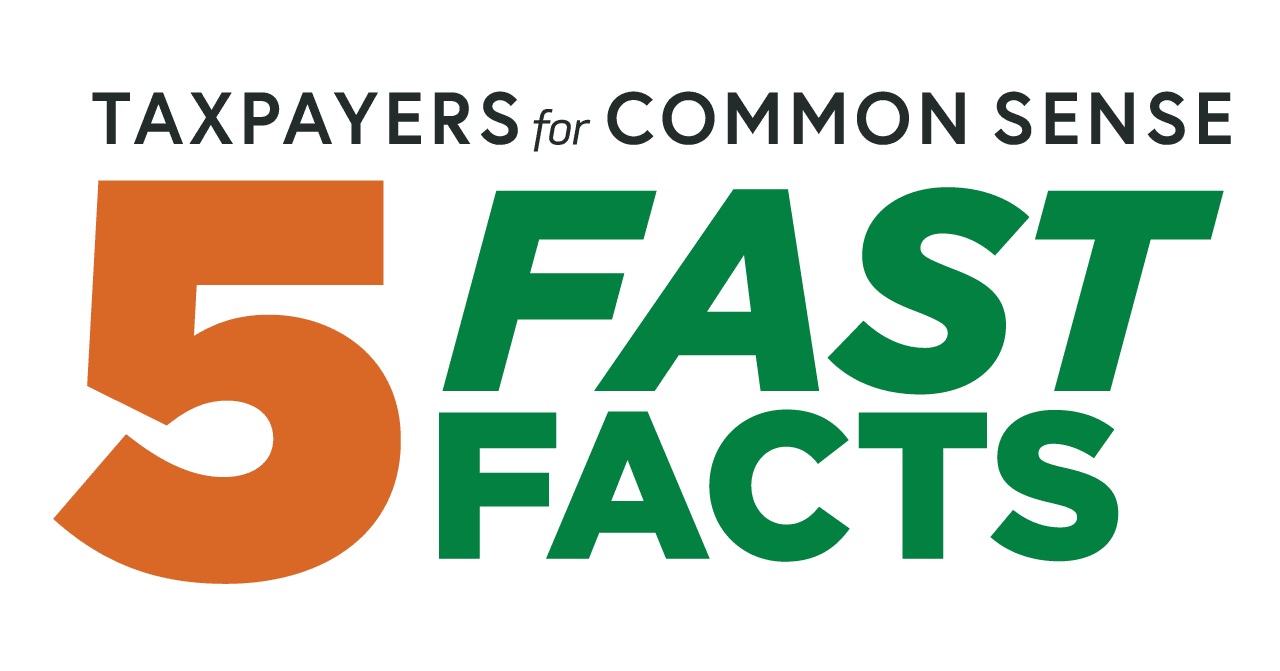
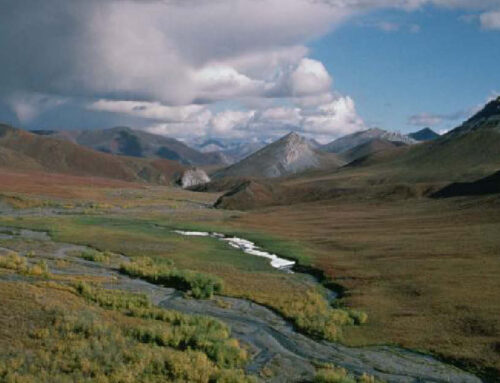


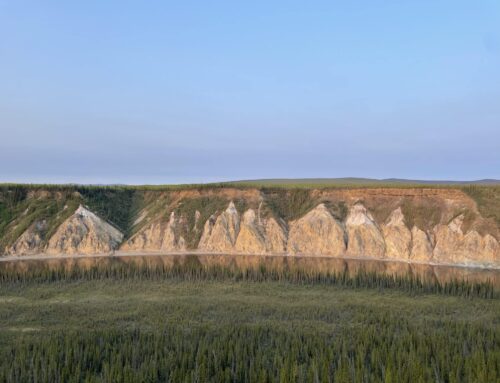


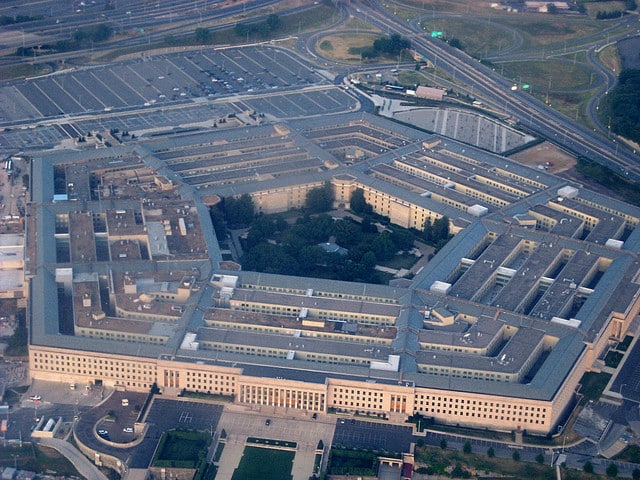
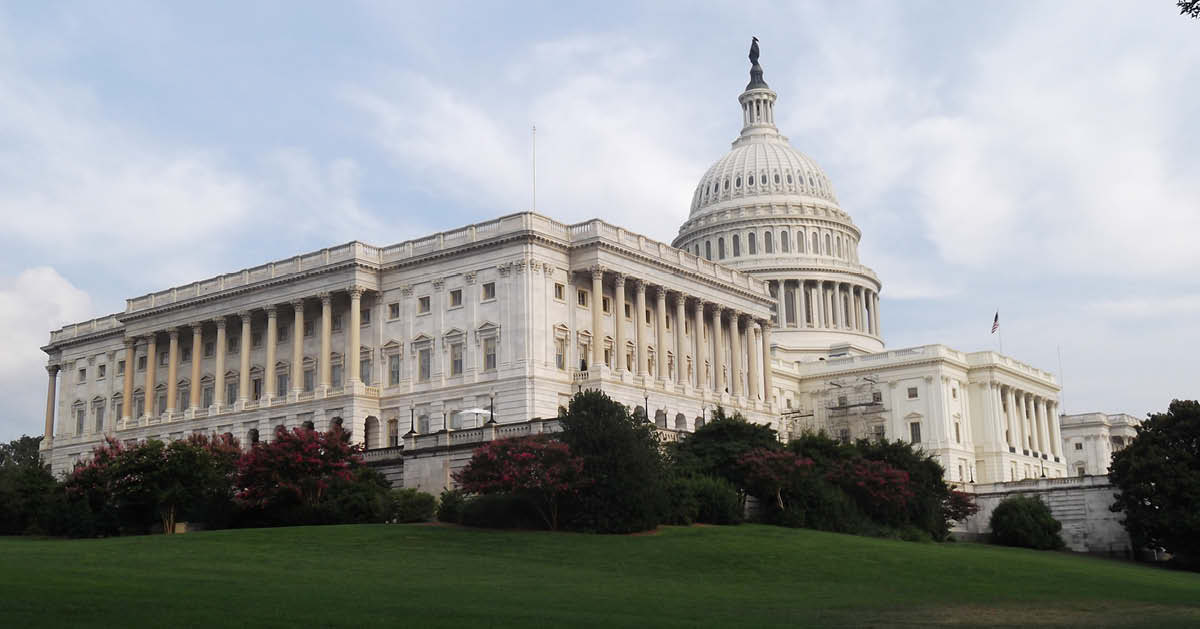

Get Social